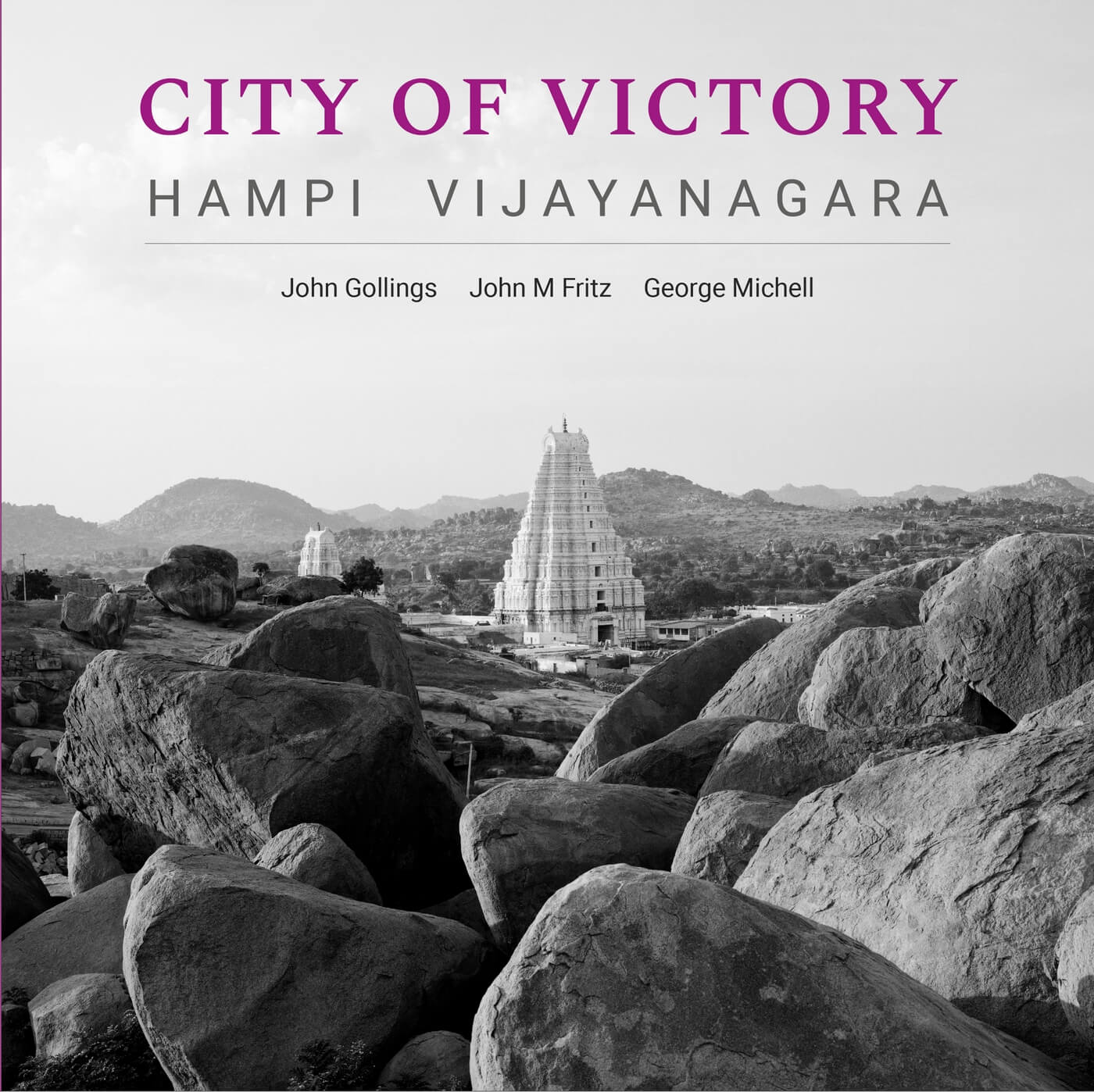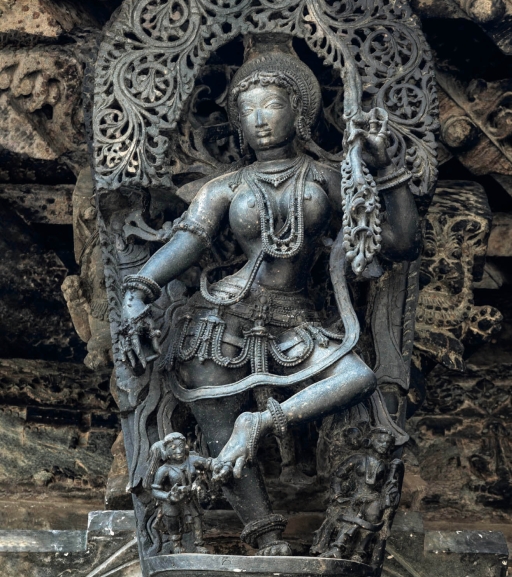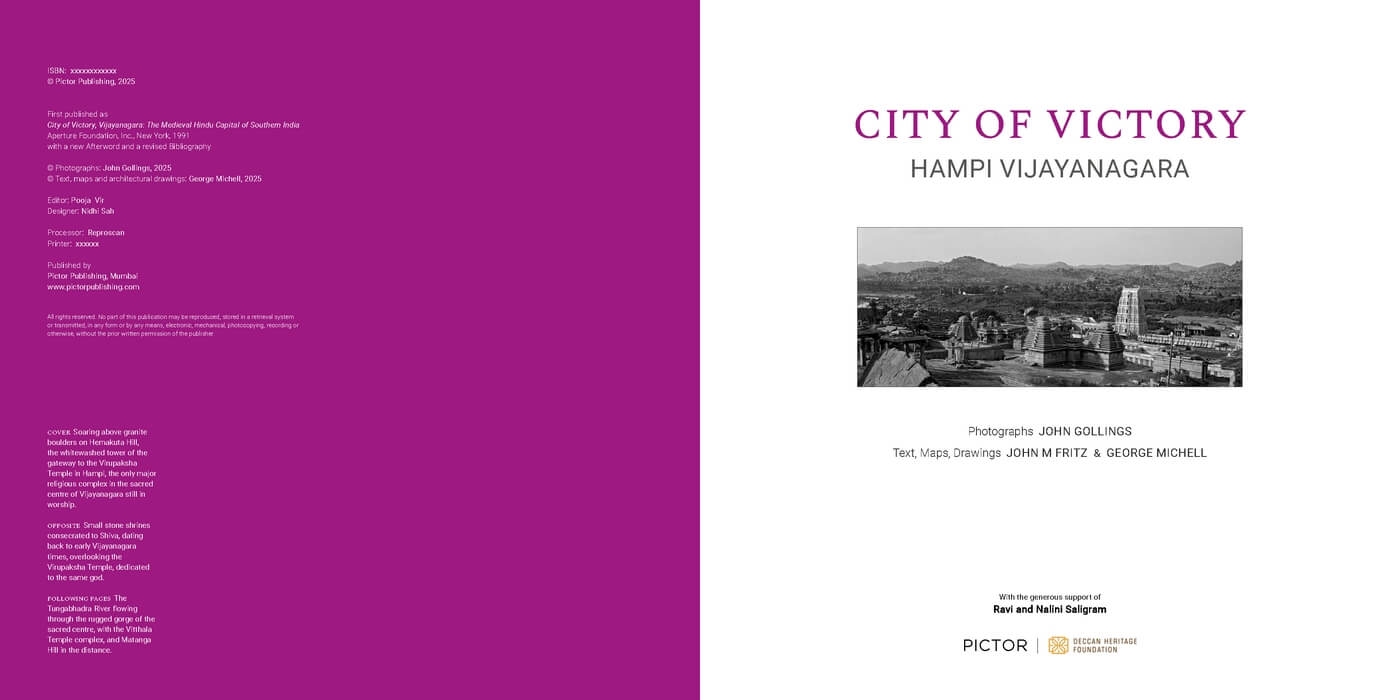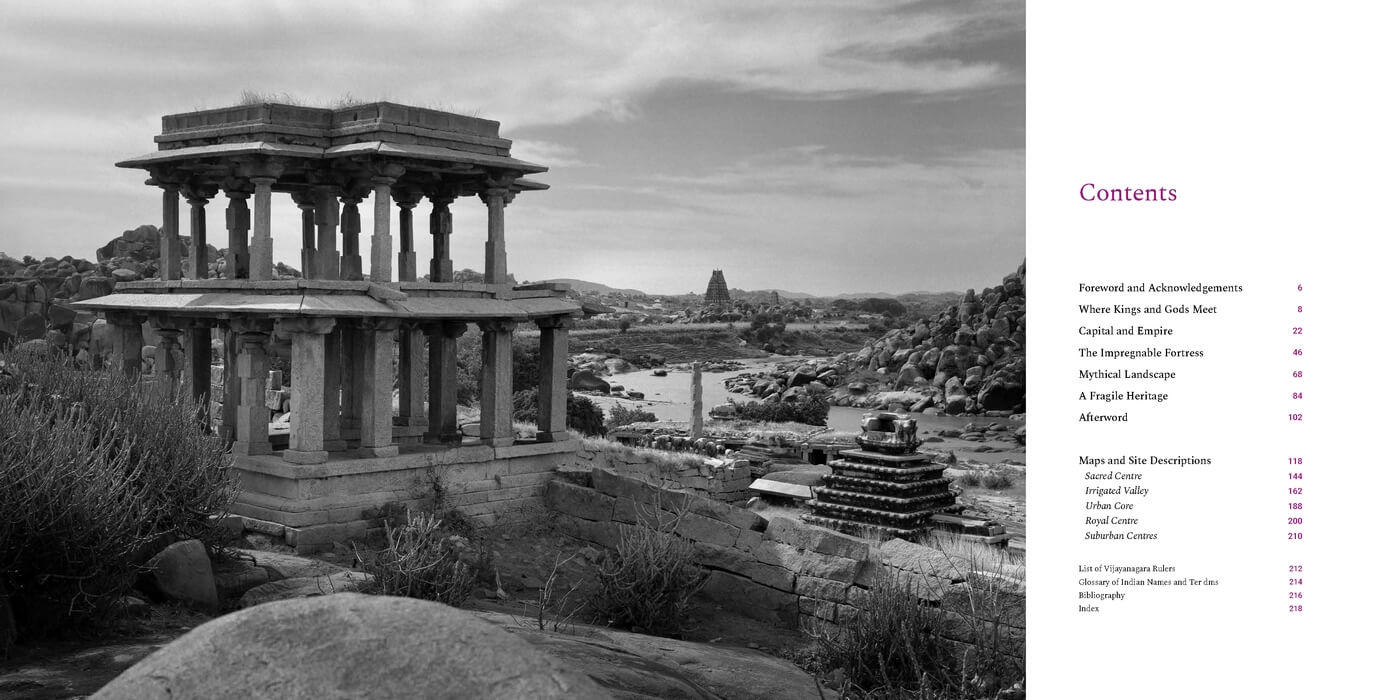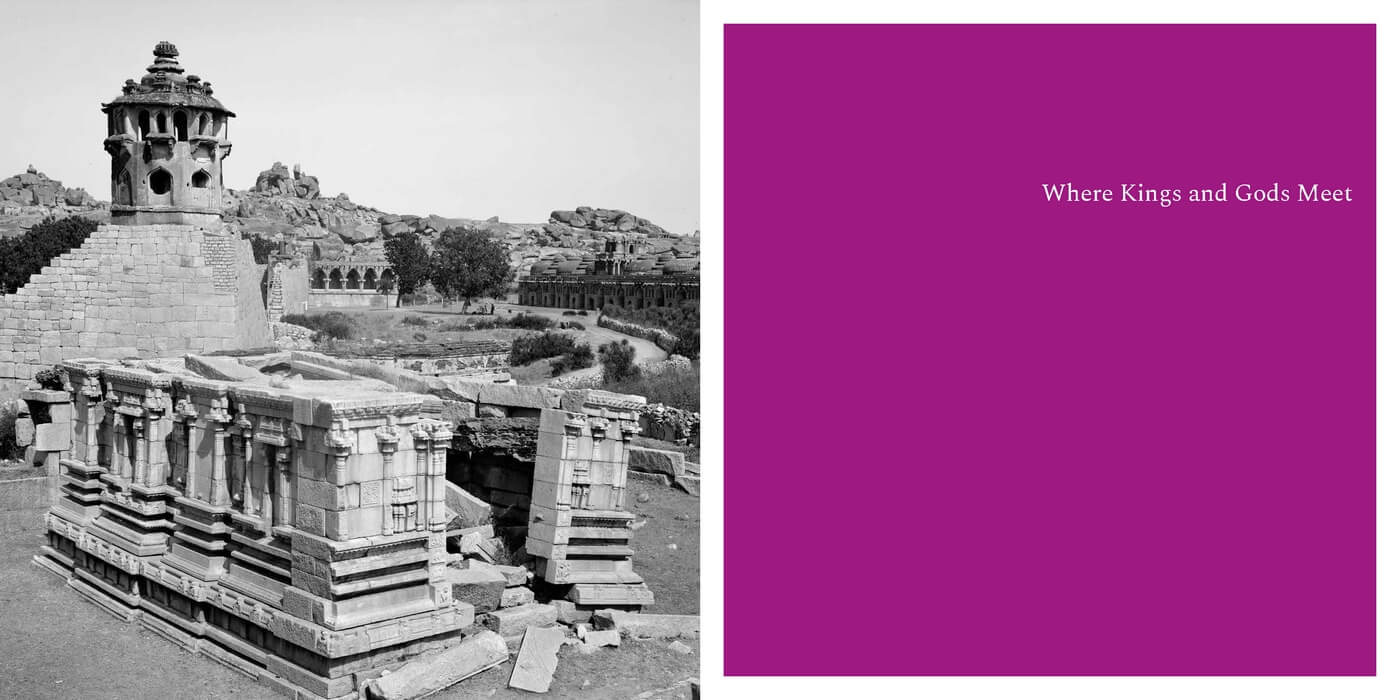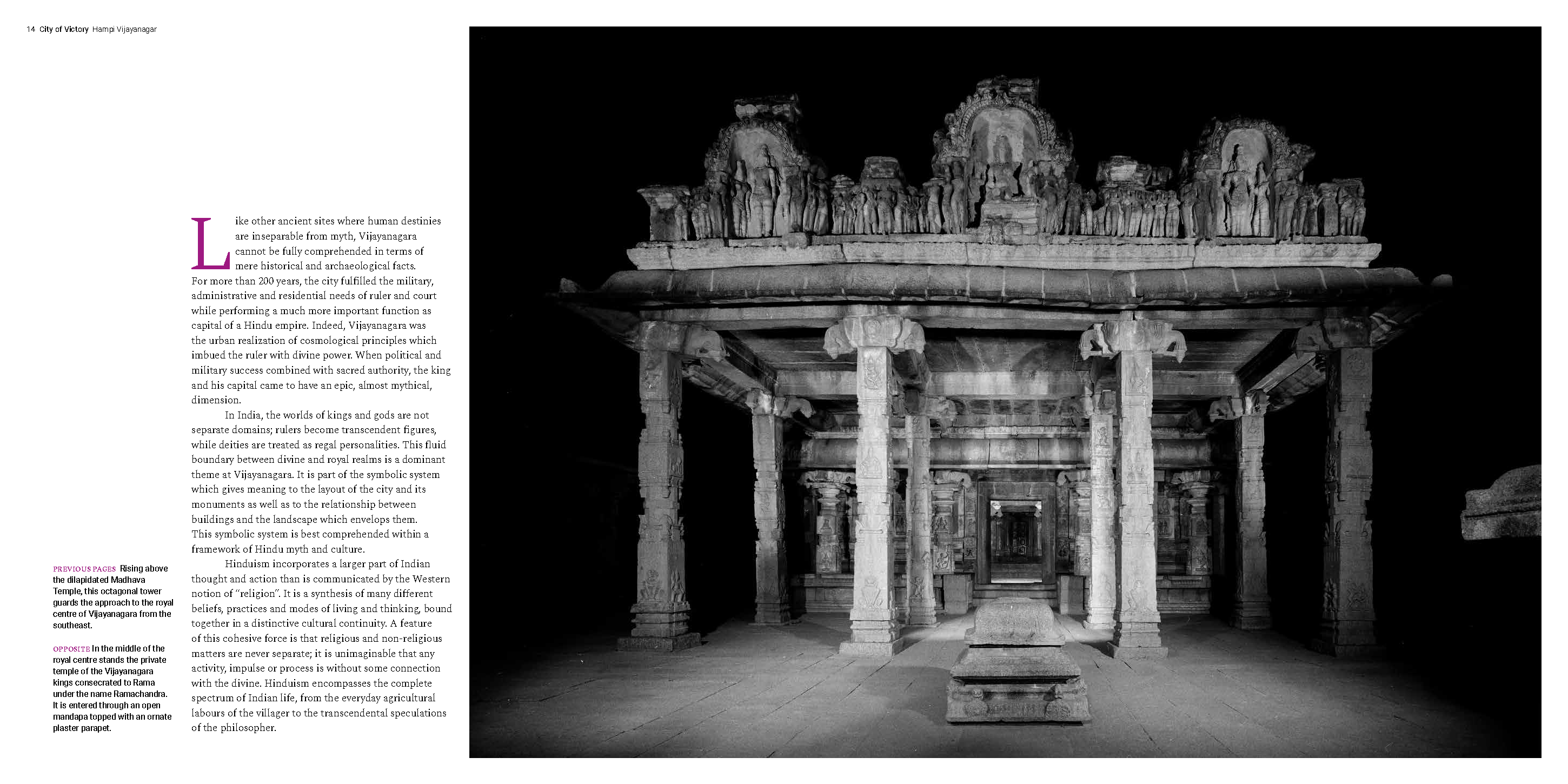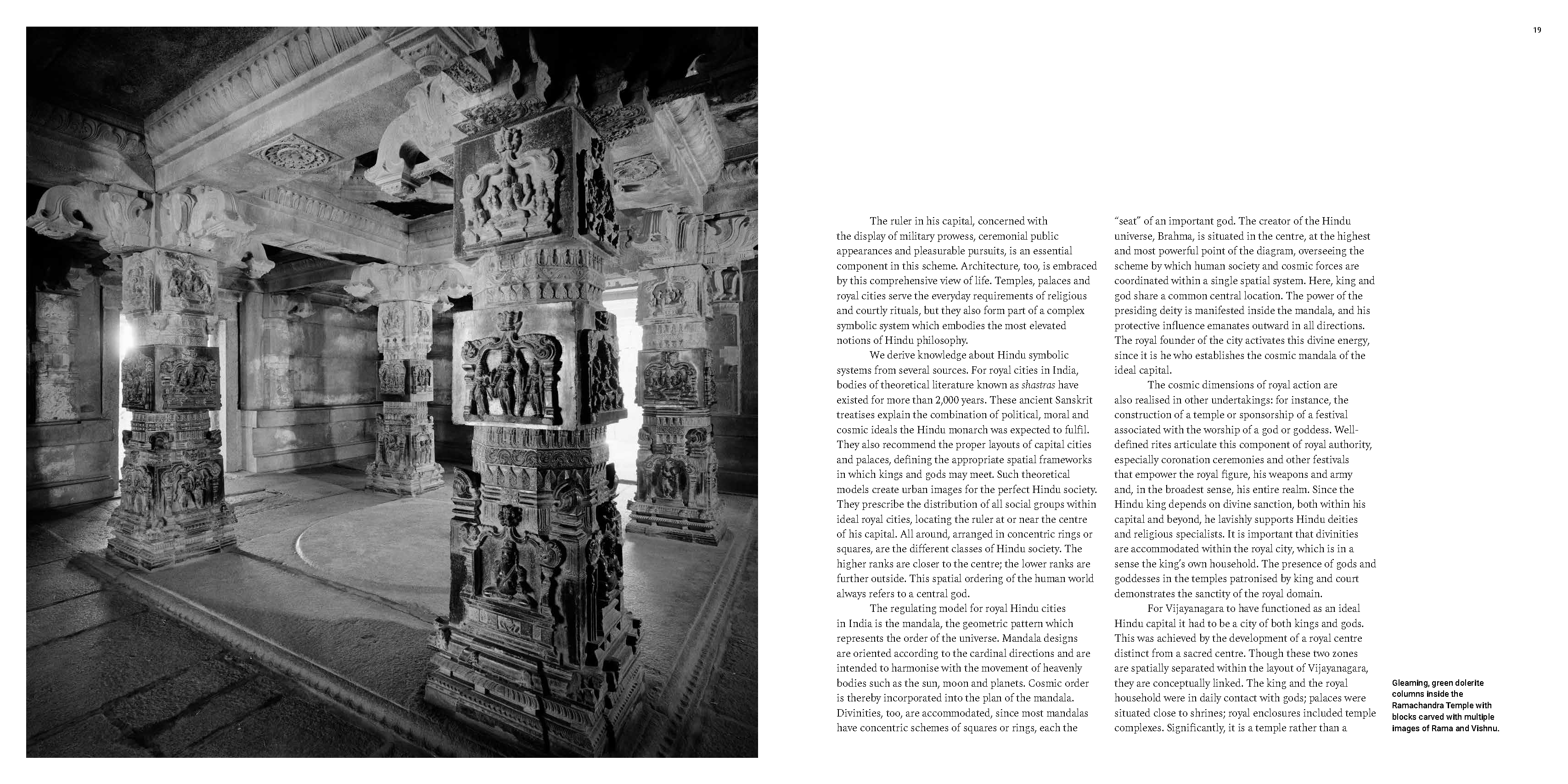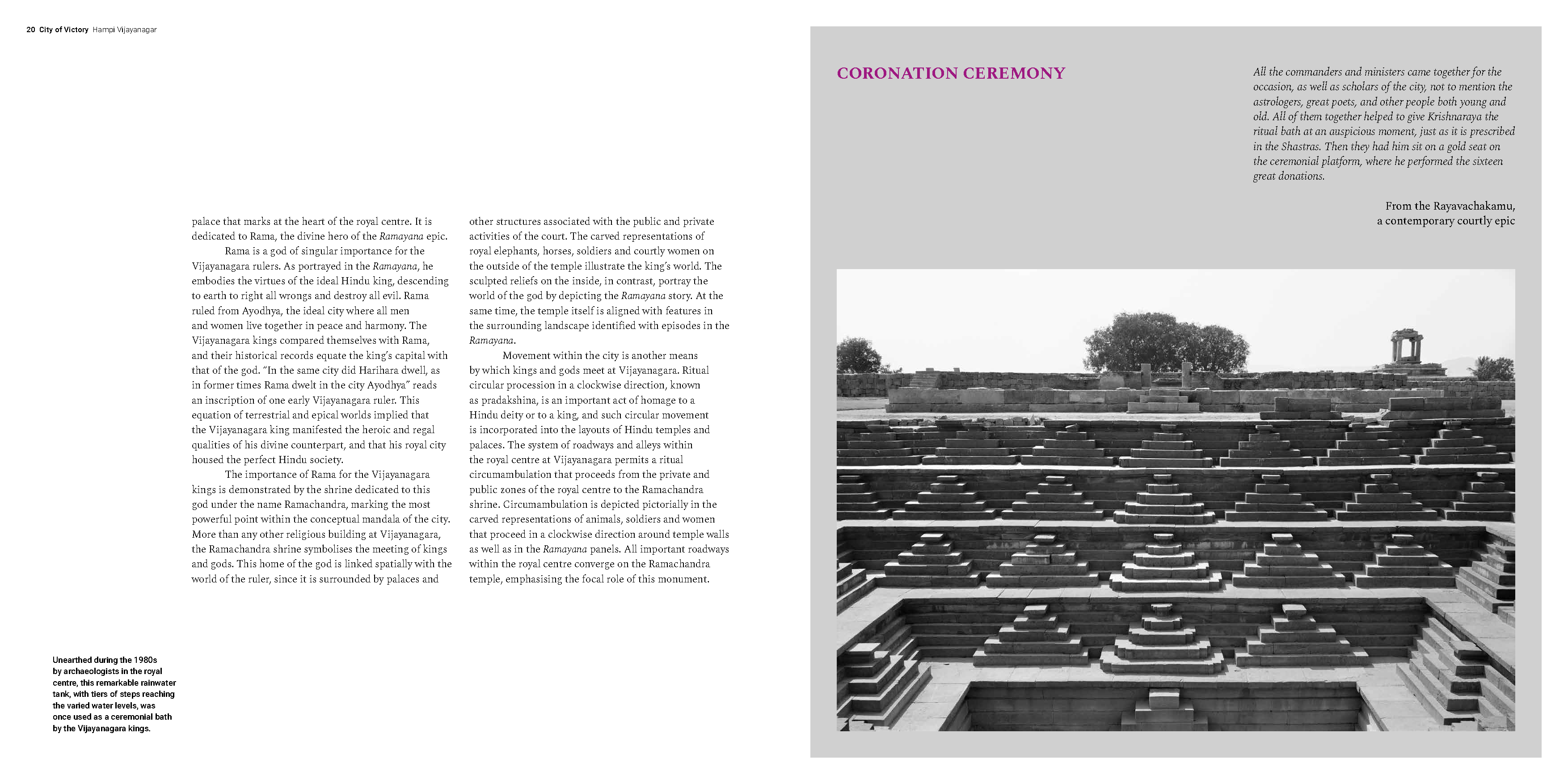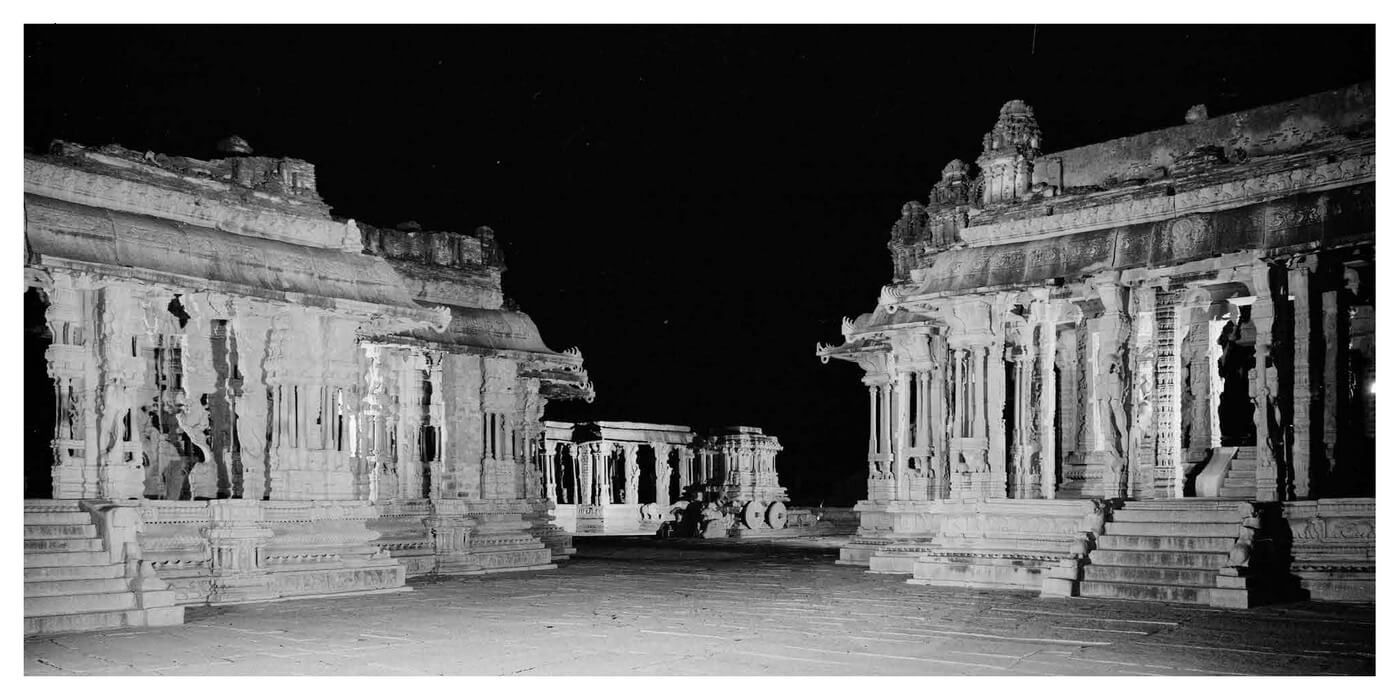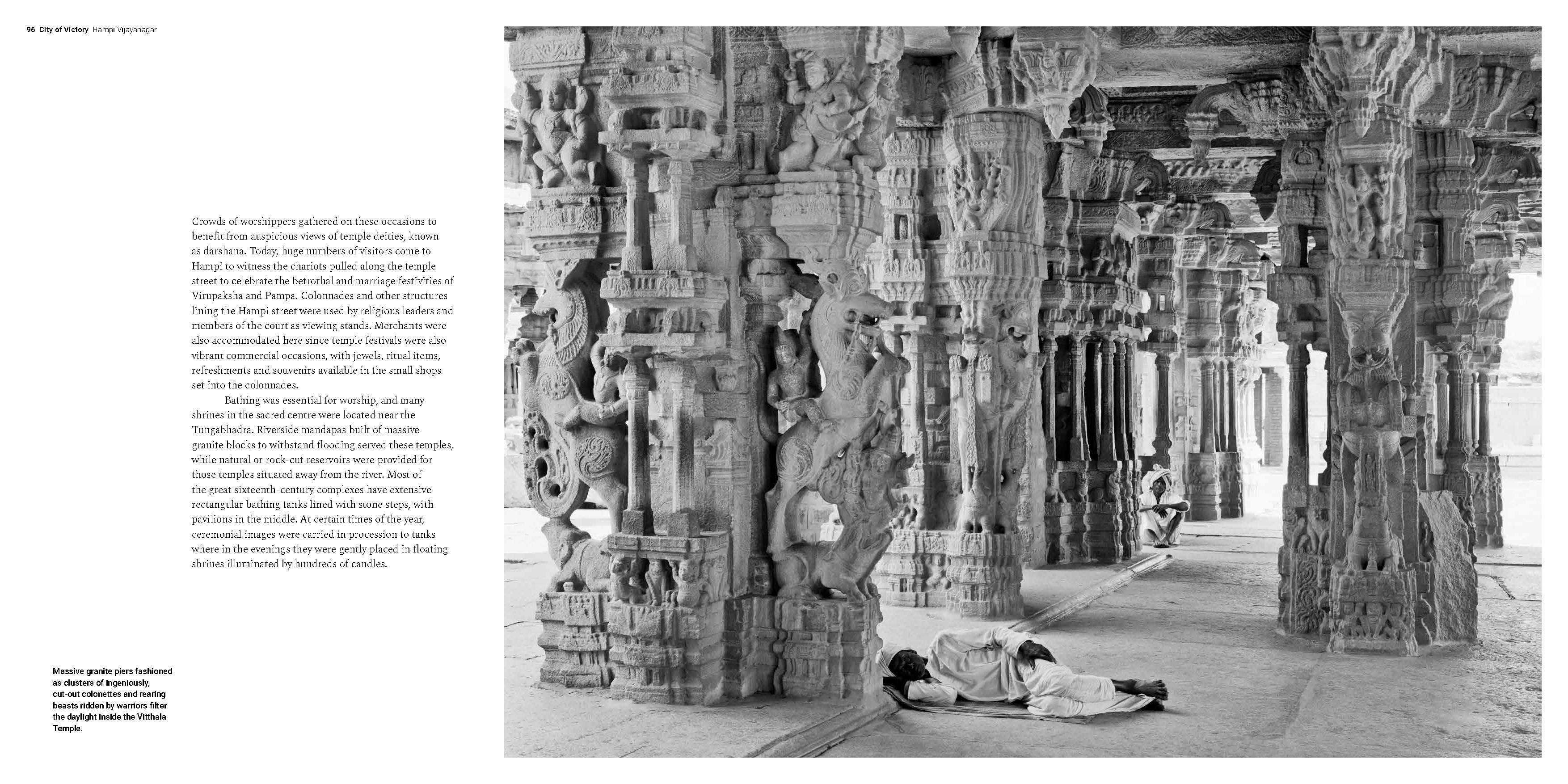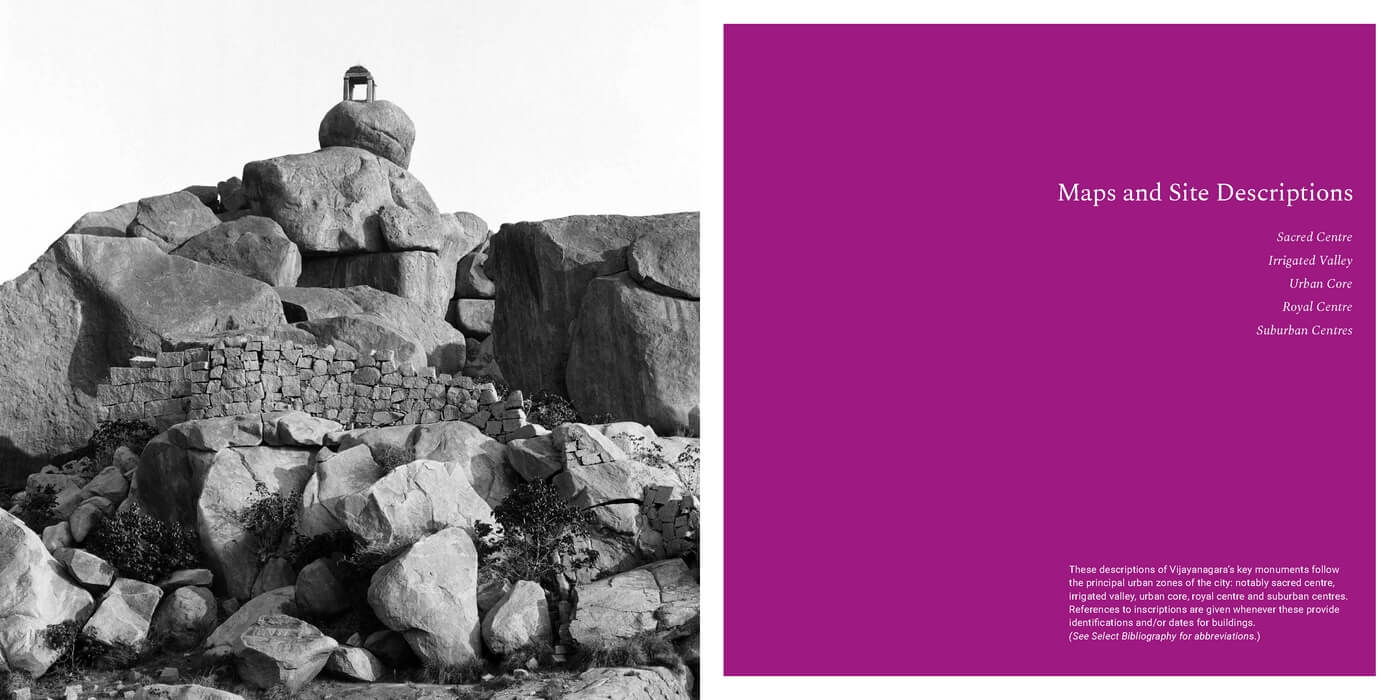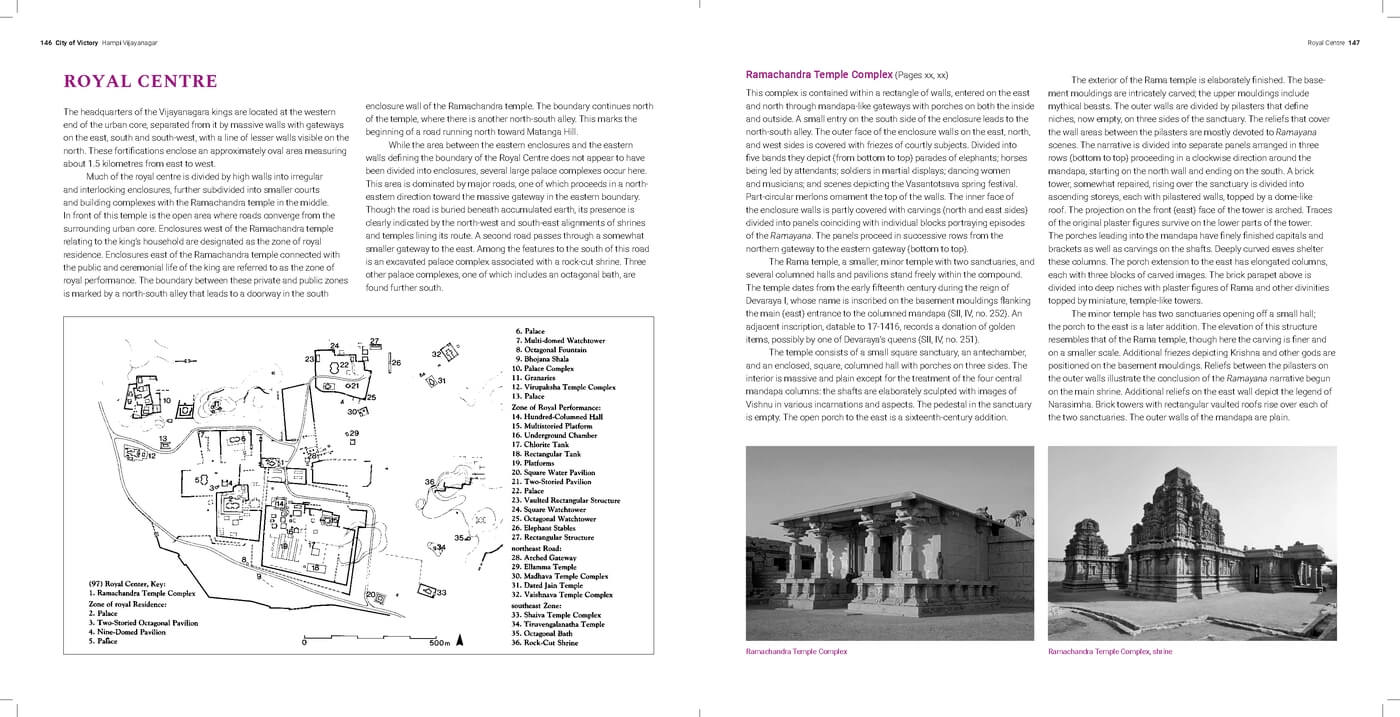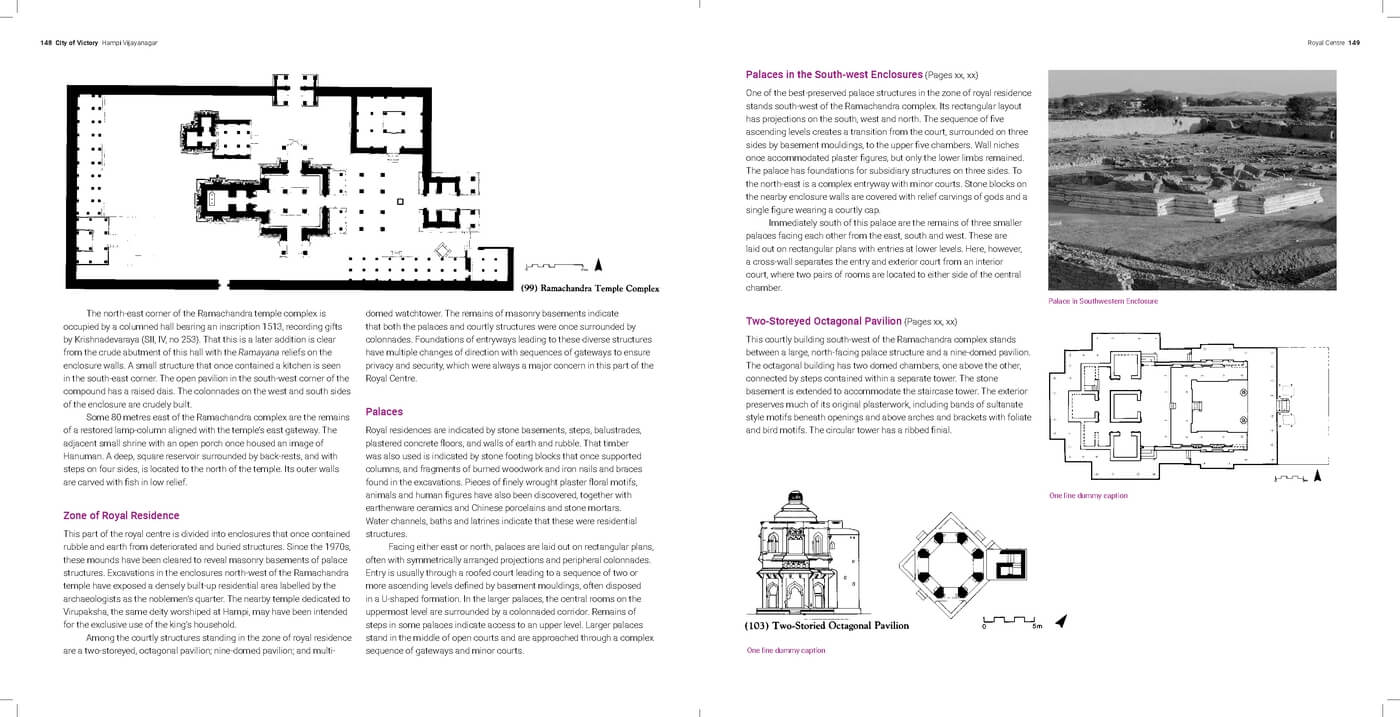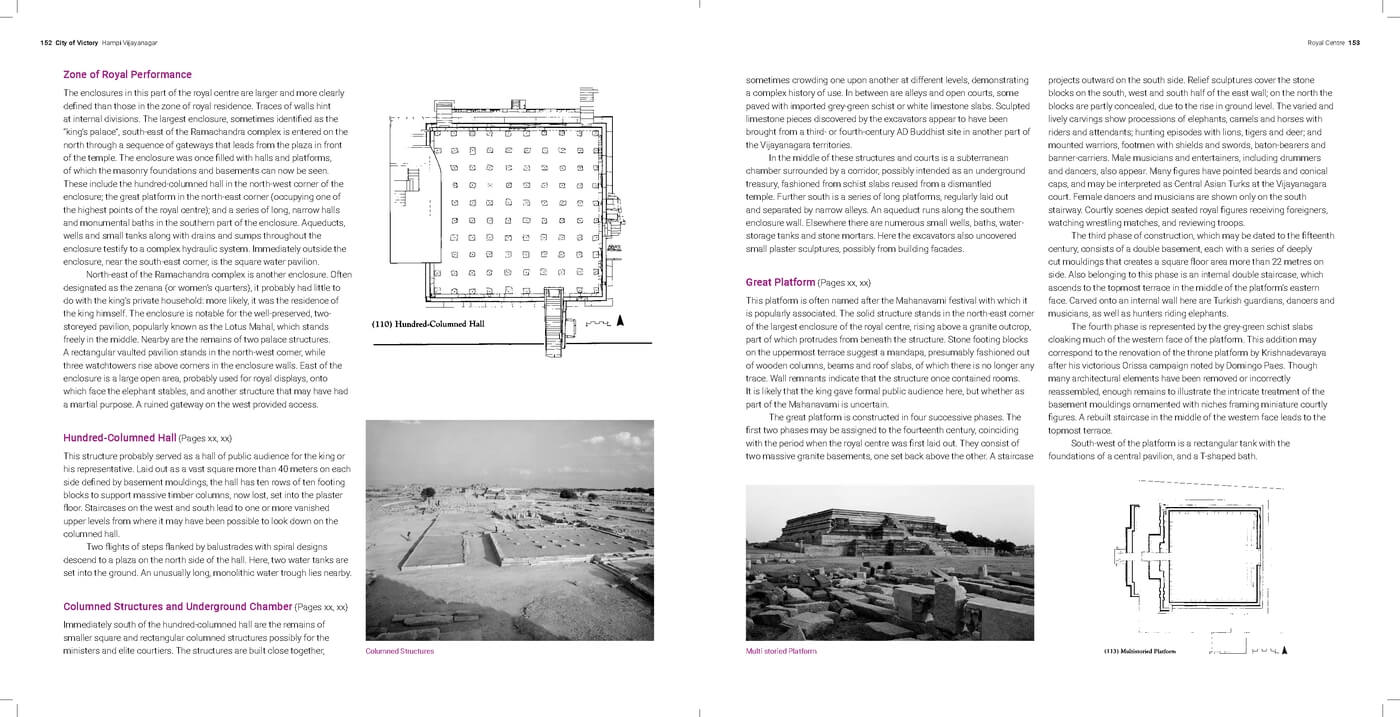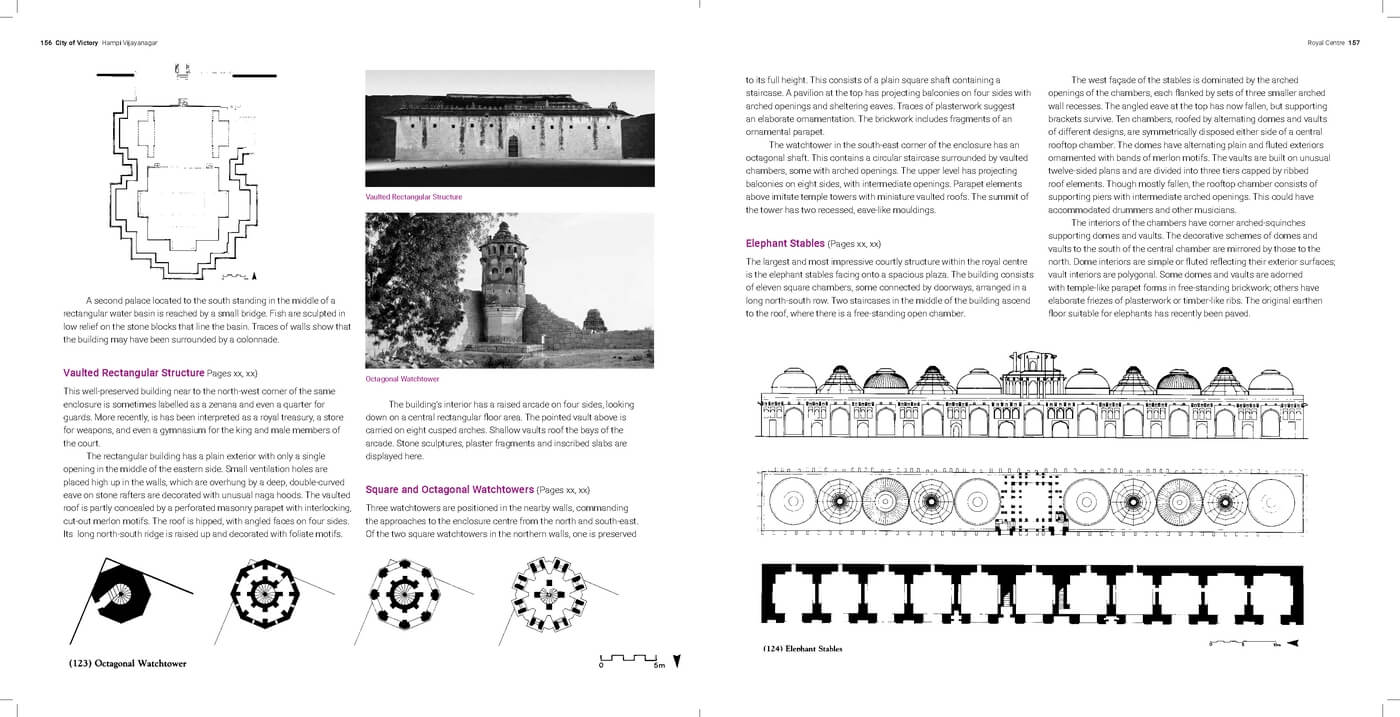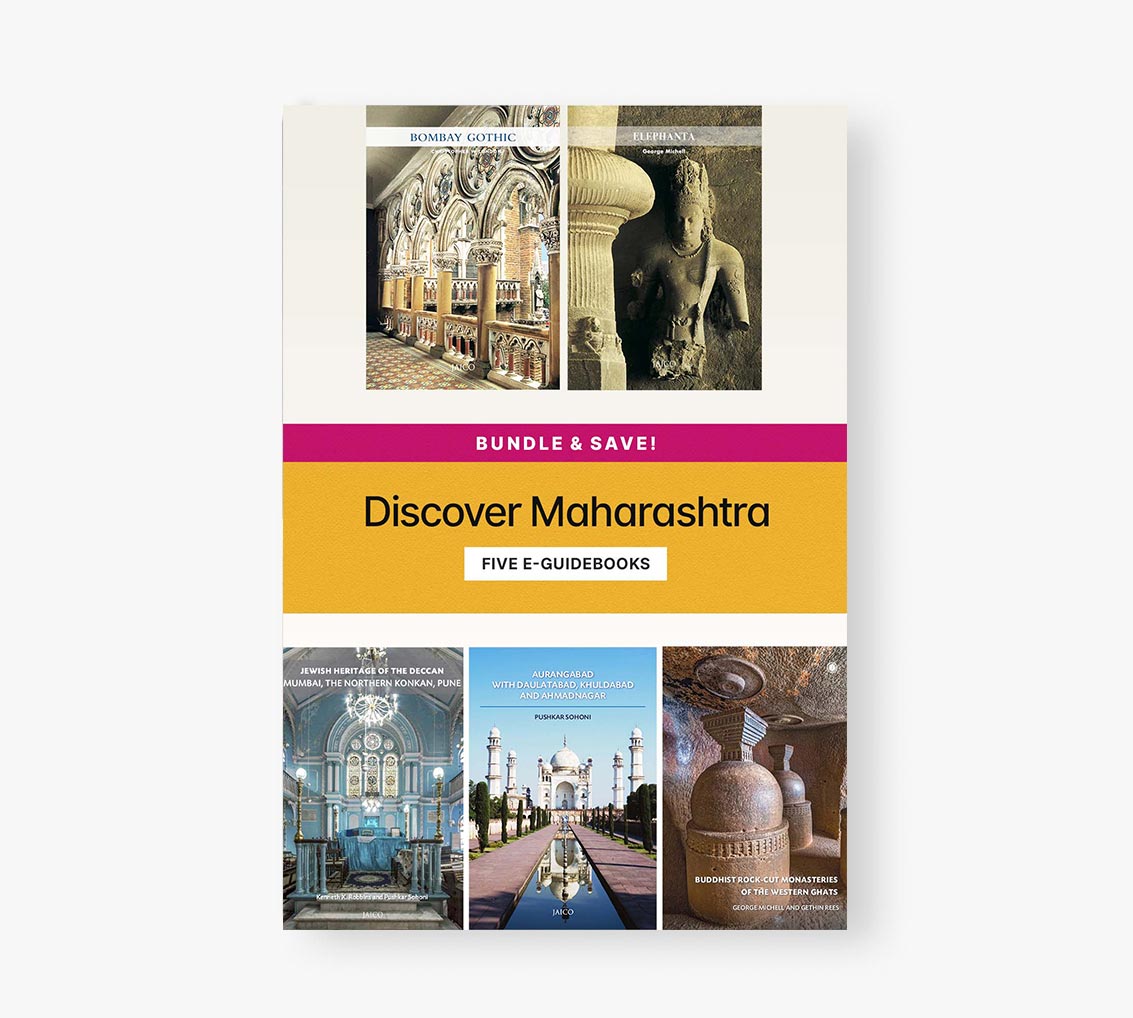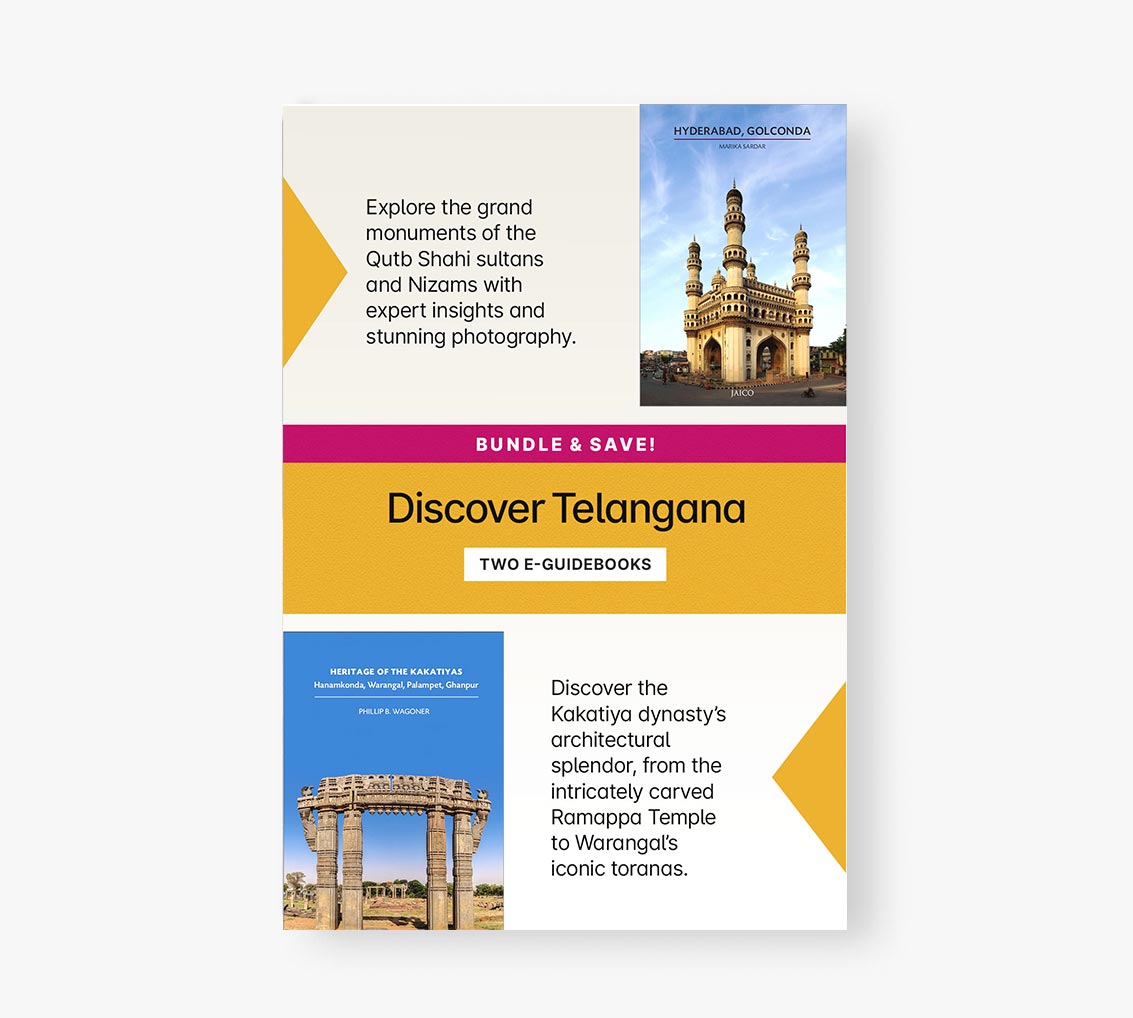City of Victory: Hampi Vijayanagara
Forthcoming Book
Vijayanagara was the capital of the greatest Hindu kingdom of Southern India between the 14th and 16th centuries. Contemporary Persian and Portuguese travellers testify to the power of its emperors and the splendour of their court, the grand scale of the city and its imposing architecture, and the wealth of its markets where diamonds could be purchased.
The remains of the central part of Vijayanagara give the best possible idea of the magnificence of a medieval Hindu city. Covering a vast area of more than 30 square kilometres, the ruins are set in an astonishingly rugged landscape of granite boulders through which flows the Tungabhadra River.
Since 1980 the authors have mapped Vijayanagara’s layout and documented its standing structures. As specialists they have authored a definitive text intended for general readers and travellers, as well as scholars and students. Award-winning photographer John Gollings has worked closely with Fritz and Michell. His superb black and white photographs capture the drama of Vijayanagara’s landscape as well as the architectural forms of its principal monuments and the details of their sculpted reliefs. Additional data is provided by descriptions of individual monuments, accompanied by photographs, site maps and building plans.
In 1986, Hampi was declared a World Heritage Site by UNESCO, which included it on its list of antiquities of global significance. The city’s extraordinary religious and courtly ruins that include more than a thousand structures continue to draw pilgrims, artists, scholars and scientists from around the world.
Details
Author(s)
Dr George Michell
George Michell trained as an architect in Melbourne and received his PhD in Indian Archaeology at the School of Oriental and African Studies, University of London. In March 2013 George received an Honorary Doctorate in Architecture from the University of Melbourne. He has carried out research at many historical sites in the Bengal, Gujarat and Southern India. Among George’s publications are Royal Palaces of India, Hindu Art and Architecture, Thanjavur: One Thousand Years and Mughal Architecture & Gardens. He has also collaborated with John Gollings on two books on contemporary Australian domestic architecture.
Dr John M. Fritz
John M. Fritz received a PhD in Anthropology with a speciality in Archaeology from the University of Chicago. He was Consulting Scholar at the University of Pennsylvania Museum of Archaeology and Anthropology. Together with George Michell, John contributed to numerous academic publications; they also co-authored the popular guidebook to the site, Hampi Vijayanagara, with photographs by John Gollings.
John Gollings
John Gollings is Australia’s greatest architectural photographer. Trained as an architect, John has worked extensively throughout Australia, as well as in India, China and Cambodia. His photographs have appeared in numerous magazines as well as in the publications Australia Style and Australia City Living, and have been showcased in an exhibition of three-dimensional panoramas entitled Place-Hampi, and in Now and Then: Austalian Urbanism, the exhibition shown in the 2010 Venice Architecture Biennale, now commemorated in a handsome volume, designed by David Pidgeon and published by Thames and Hudson. In his documentation of Vijayanagara John has specialised in black and white photography, which he believes best captures the drama of the site’s rugged granite setting and the details of its architecture. It is these magnificent images that will illustrate the book.
